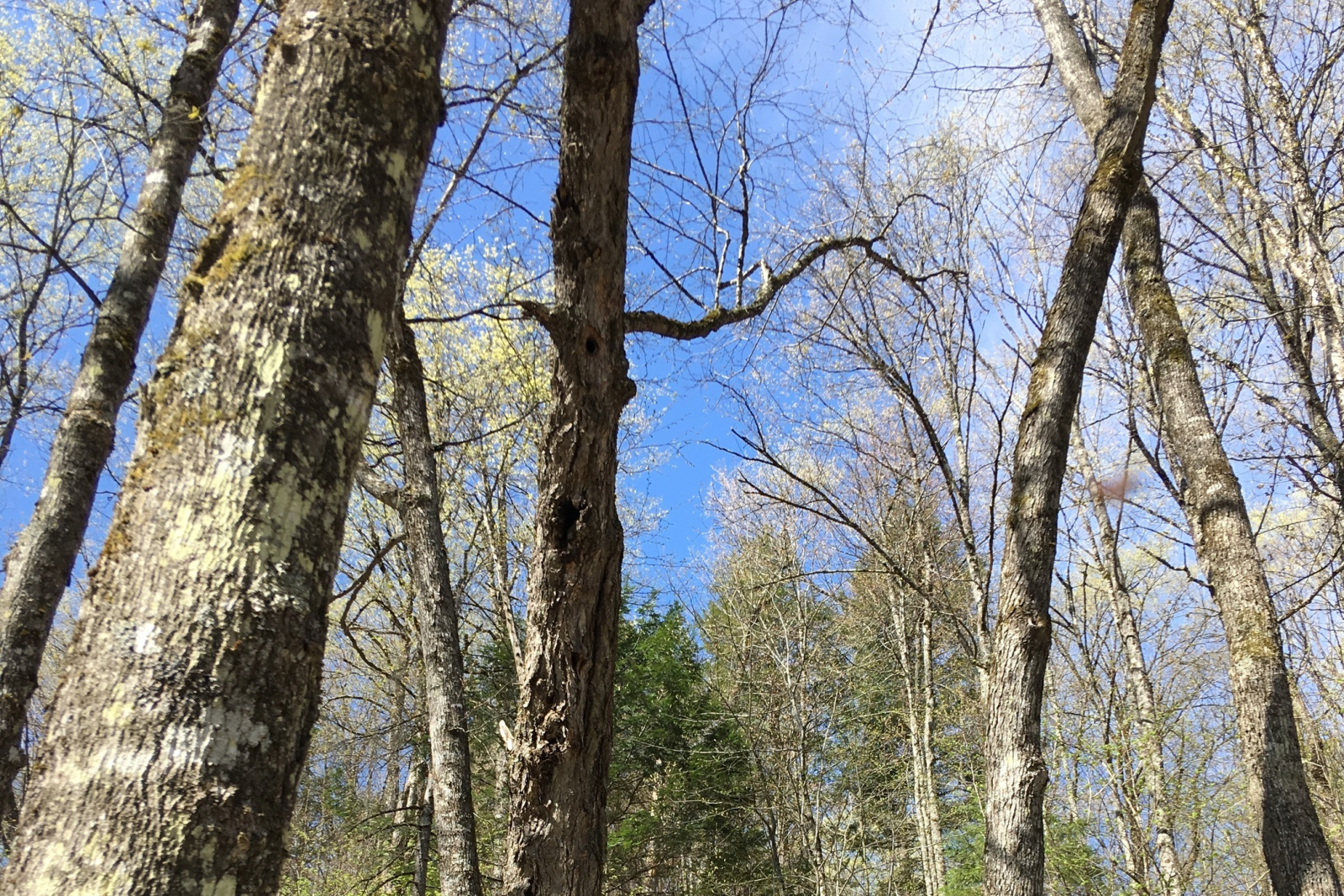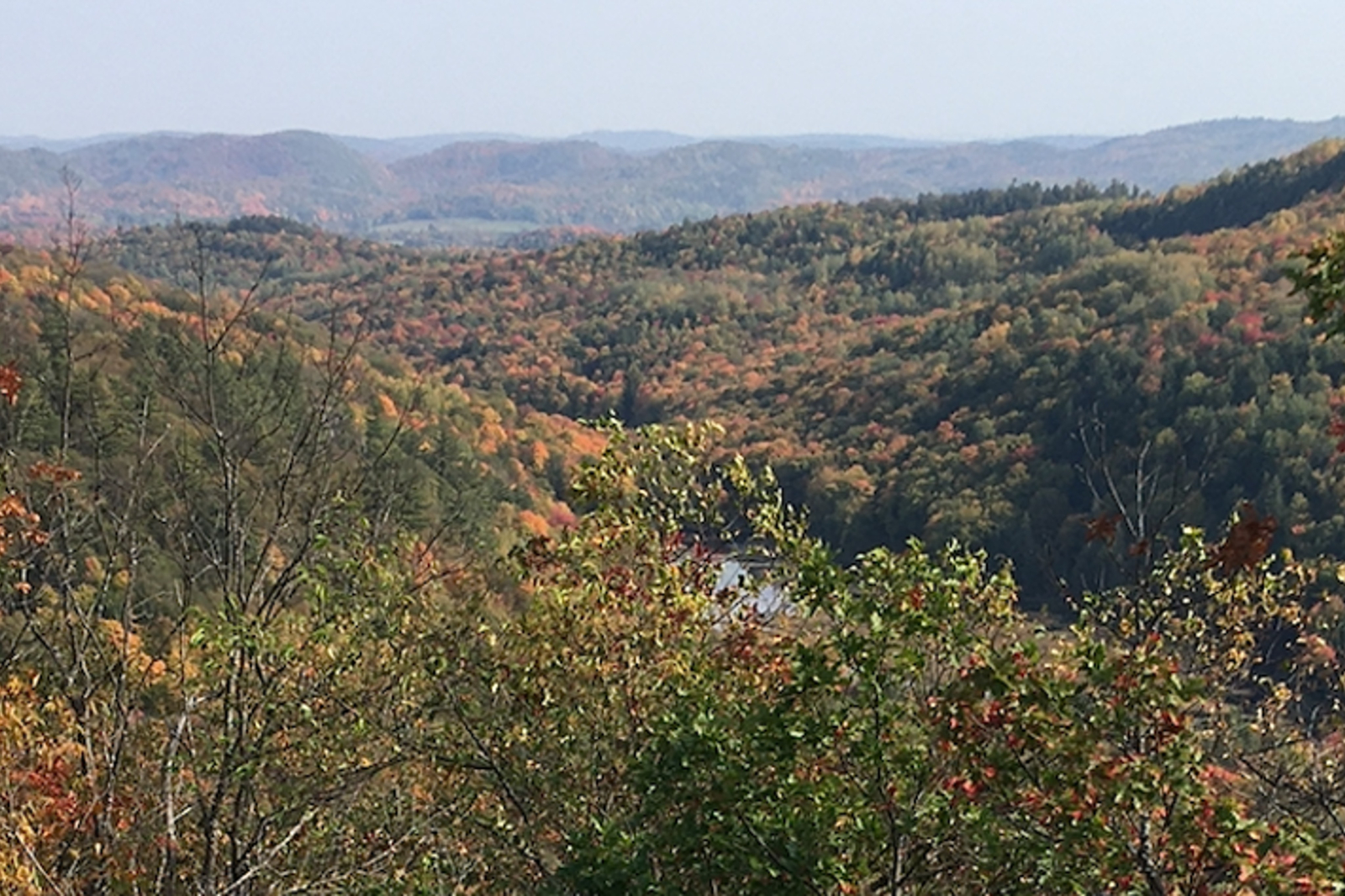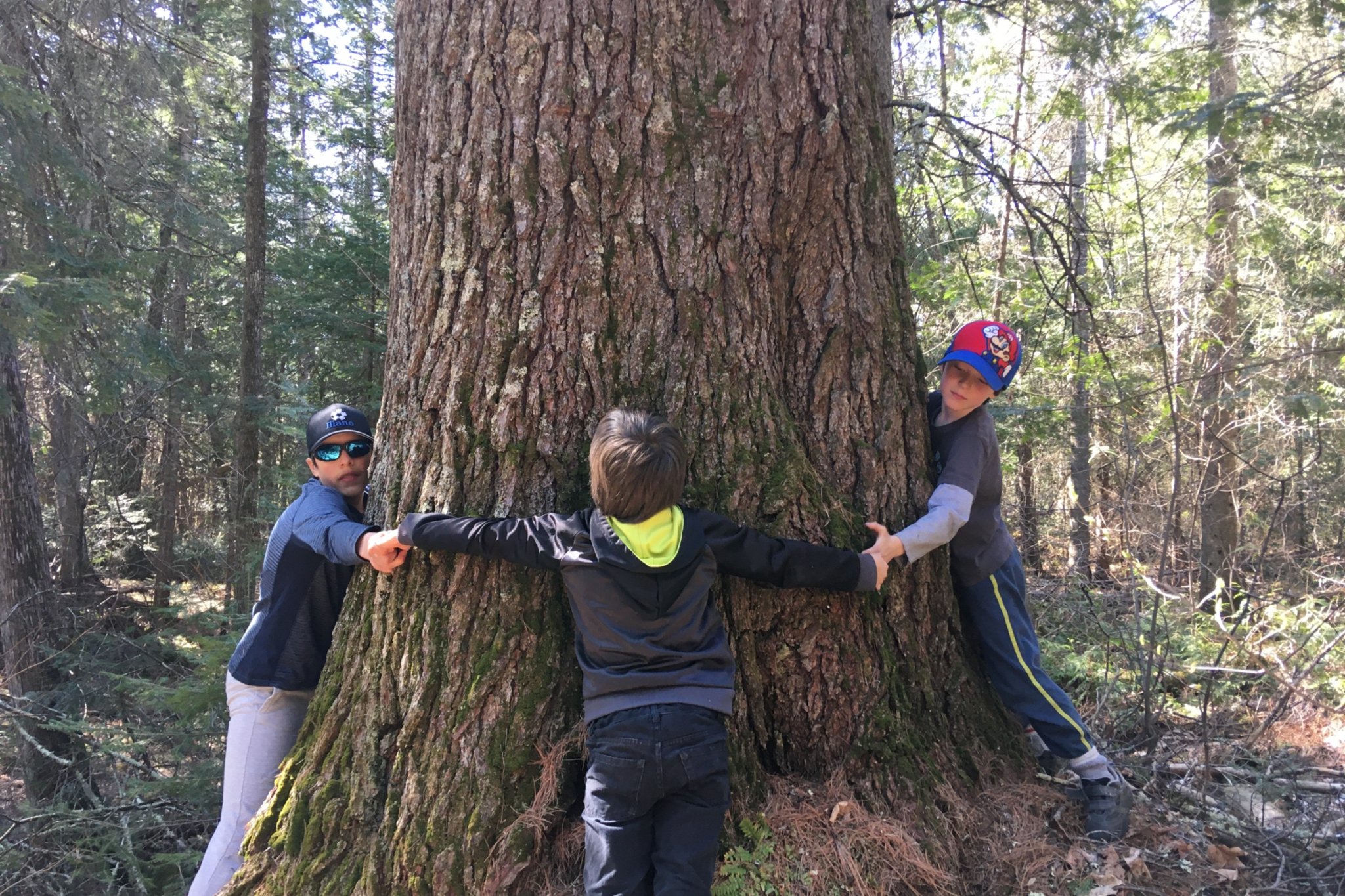This year, Marie-Eve Roy will venture into forests across rural Quebec to find something very rare for Canada’s largest province: old-growth trees.
“It’s when the forests are not accessible that we can find old-growth,” said Roy, a postdoctoral student who has worked for Quebec’s government in rare species protection. “Sometimes to try to find those places, we have to go canoeing in very remote locations.”
Old-growth forests, which remain undisturbed by humans and natural elements, are far and few between in Quebec. Those recognized by the government represent a mere 0.06 per cent of the province’s public forests and are often made inaccessible by wetlands, islands and steep peaks.
This means only about 477 square kilometres of Quebec’s government-managed forests are considered old-growth, a swath of land smaller than the Island of Montreal.
Old-growth forests in southern Quebec were historically hit hard by colonization and urbanization, while those in the north have been largely impacted by invasive insects and fires. Forest researchers worry logging, public unawareness and limitations of Quebec’s old-growth management system mean these centuries-old ecosystems will continue to vanish.
Old-growth trees help absorb climate-heating carbon dioxide, storing it as they grow to full size. Woody debris that litter these forest floors provides unique and important habitats for wildlife such as salamanders, woodpeckers, squirrels, martens, treecreepers and at-risk Barrow’s goldeneye ducks.
Despite the biodiversity in these ecosystems, Roy said forest engineers often lack ecological awareness of how to approach old-growth.
“A million years of evolution was able to create that,” she remarked. “You see all the old plants that live together. It’s equilibrium between things.”
Roy said old-growth exemplifies how healthy forests should look. She hopes society can “form a generation” dedicated to protecting old-growth.
Under Quebec’s Sustainable Forest Development Act, old-growth forests on public land can become recognized and protected as exceptional forest ecosystems (EFEs).
Quebec’s Ministry of Natural Resources and Forests (MRNF) has spent more than 20 years developing criteria to identify EFEs such as old-growth. It has relied on provincial forest mapping and inventory, research by experts, and submissions from forestry stakeholders and First Nations.

Back in 2003, there were only 70 verified old-growth sites spanning 60 square kilometres. Now, Quebec’s forest subdivision system has mapped and classified about 160 old-growth EFEs, and MRNF said it recognizes 290 across Quebec.
Patrick Gravel, a botanist and president of the Forest and People Co-operative located in Montpellier, said Quebec’s old-growth mainly consists of hemlock-infused yellow birch and more biodiverse sugar maple.
At some sites, these trees have lived more than four centuries and tower almost 40 metres. Quebec also has white pine old-growth that reaches up to 50 metres — nearly as tall as the Leaning Tower of Pisa.
Changing forest management
Critics argue that Quebec lacks a protocol for identifying old-growth, meaning some forests miss being classified due to inconsistent assessment criteria for determining age and environment.
But for Christian Messier, a professor of forest management at the Université du Québec en Outaouais (UQO), it’s not just about categorizing old-growth sites.
More work should go into protecting old-growth landscapes, not just the trees, Messier said by email. He’d also like to see MRNF evaluate how vulnerable these sites are to drought, wind, fire, heat, invasive species and disease.
Messier, who’s the Canada Research Chair in forest resilience to global changes, said setting aside Quebec’s old-growth sites as protected EFEs won’t be enough to preserve the uniqueness and improve the climate adaptability of these ecosystems.
Advocates say these forests, especially compared to the much grander old-growth sites of B.C., still often go unnoticed by the public, despite their EFE classification.
“It’s less visible to the eyes and the common people,” Gravel said. “People look for sensational stuff. They like to be impressed.”

But Roy, who’s doing her postdoctoral research at UQO on carbon sequestration in old-growth, hopes to draw more attention to these rare forests.
“We need an argument to make people love the old-growth forest,” she said. “It’s not because they don’t care. It’s mostly because they don’t know.”
Future conservation work
Along with being extremely rare in Quebec, old-growth forests have a different ecological makeup based on region and other unique environmental factors that can make them hard to jointly classify.
“One problem with old-growth is the very definition of such ecosystems,” Messier explained. “An old-growth in northern Quebec where fire is frequent is not the same as an old-growth in southern Quebec.”
And while the largest sites are in the north, Roy said western Quebec has the province’s most expansive old-growth. The Outaouais region, which she has repeatedly visited for her research, has 14 old-growth EFEs covering 20 square kilometres.
Notable sites include one by Lac Lyon in the Papineau-Labelle Wildlife Reserve, which has 370-year-old yellow birch almost a metre wide. And about 27 kilometres north of Gatineau, Lac de l’Écluse has a 400-year-old forest spanning 7.5 square kilometres.
As well as birch and maple, Outaouais also has substantial old-growth pine forests. One site by Lac Antostagan bears 230-year-old trees.
Gravel’s co-operative works to get old-growth sites in Outaouais recognized as EFEs and has already managed to protect two in Mulgrave-et-Derry, 30 kilometres northeast of Gatineau. Gravel said three of the five sites he identified in the region have faced threats from logging and also from land exchanges between private companies and Quebec's government.
“There is no place where you see no trace of logging,” Gravel said, adding that loggers often start sawing without having biologists inspect forest sites.
Messier agrees logging threatens old-growth but says it also creates an opportunity to enrich and protect ancient trees by planting newer, better-adapted ones nearby. Keeping old-growth isolated from human activity may no longer be enough to preserve their unique qualities, he noted, and MRNF may need to take a more active approach to managing these sites.

“In most cases, even when [old-growth sites] are not directly on reserve, the Indigenous [Peoples] should be consulted and be part of the management of these sites,” Messier said.
First Nations may have special views about forest management, including on the use of controlled burning, that must be “accepted, respected and brought forward,” he added.
Outaouais has a 200-year history of logging, according to Erik Higgins, who manages natural resources and wildlife for the Kitigan Zibi Anishinabeg. Still, even people in the lumber industry “care a lot about old-growth,” he said.
“There’s definitely lots of interest in protecting old-growth,” Higgins said, noting these sites are mostly just “patches here and there” across Quebec.
“I think there’s just a lack of general knowledge in the public for ecology.”
Asked why the public knows little about Quebec’s old-growth, MRNF said in an email it “regularly presents its work on EFEs” through conferences and media reports.
“Maintaining these unique characteristics [of old-growth] in Quebec forests is of major importance to ensure the maintenance of forest biodiversity and compliance with Quebec's commitments,” MRNF said.
To date, Quebec has committed $2.4 billion to protecting biodiversity and promoting good environmental practices.






Comments